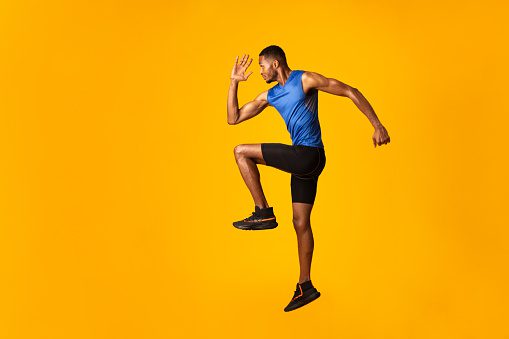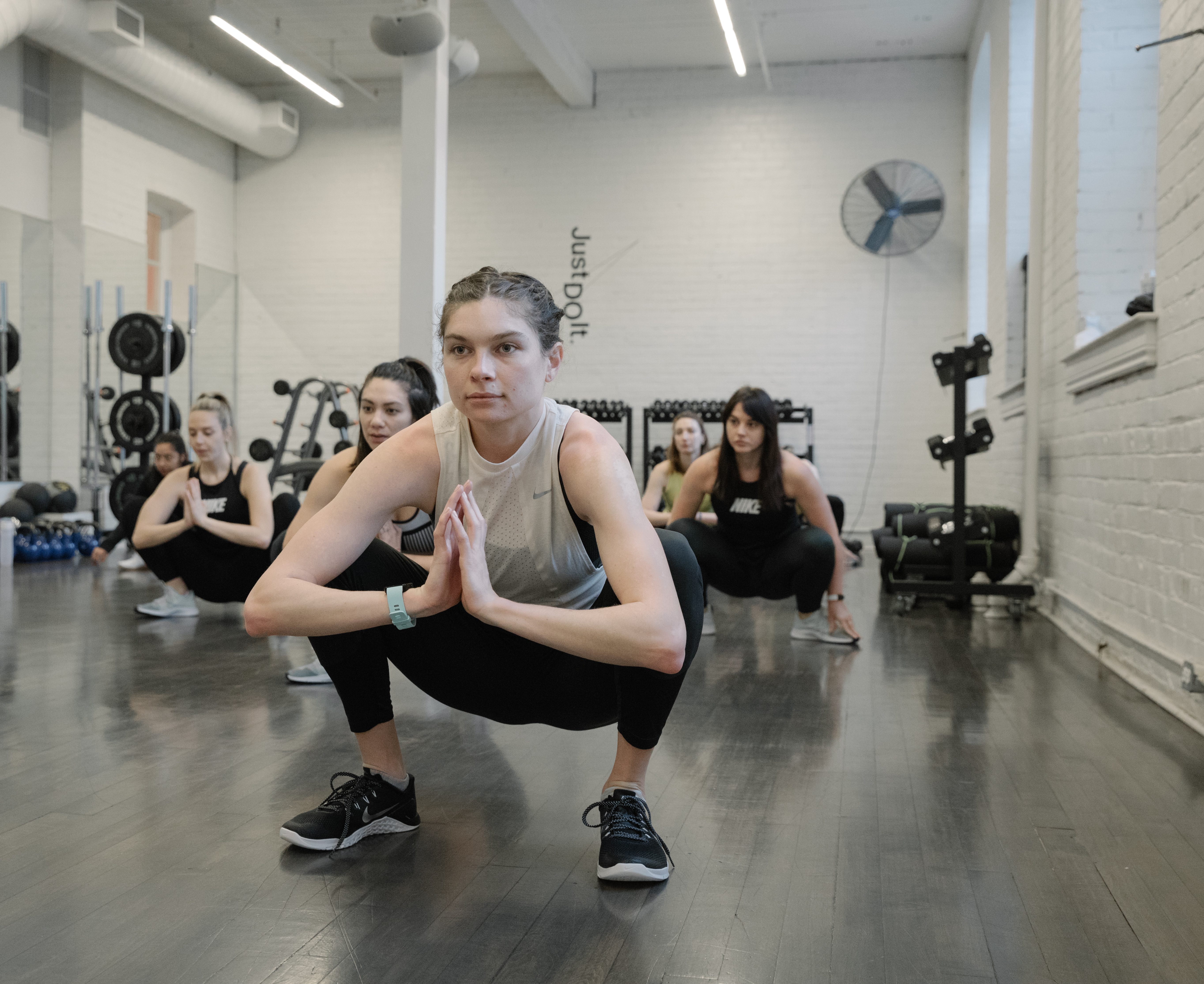Why runners should do mobility work
Including mobility work in your training plan will improve your running performance and decrease your risk for injuries

Runners often bemoan their tight hips, quads, hamstrings and ankles, and those problem areas are frequently the cause of injuries. To counteract this, we add stretching and strength training to our routines, but many of us still end up with nagging aches and pains. If this sounds familiar, you’re likely missing one key element to your training plan: mobility work.

RELATED: The importance of core strength for runners
Mobility often gets confused with flexibility, but there are some key differences. First, let’s look at the definitions:
Mobility: the active movement of a joint through its entire range of motion without restriction, pain or assistance from an external source (another person, a strap, etc.). In other words, it’s simply the ability to move well.
Flexibility: the passive range of motion available to you when you temporarily stretch a muscle using an external force such as a strap, the assistance of another person or gravity.
Looking at those definitions, the key difference between the two is that mobility is active, and flexibility is passive. You can be flexible (you can touch your toes or even do the splits) but that doesn’t guarantee that you’re also mobile. This is because flexibility is only one part of mobility. In order to be mobile, you also need strength and co-ordination.
Why is mobility important?
Mobility is important if you want to stay healthy and run well, because it affects how you run. If your muscles and joints can’t move through the entire range of motion required with each stride, you won’t be as efficient, won’t run as fast and your risk of injury will increase significantly. In order to run well, you need to have good mobility through your feet and ankles, knees, hips and spine.
Certified running coach and author of the book 101 Simple Ways to be a Better Runner, Jason Fitzgerald, explains on strengthrunning.com that many runners lack mobility not because of their running, but because of other lifestyle factors. For example, if you spend most of your day sitting at a desk, you likely have tight quads and hip flexors and inactive glutes and hip muscles. We also tend to lose mobility as we age, so older runners are more likely to have a smaller range of motion through their major joints.
How to improve your mobility
Improving your mobility requires time and effort, particularly if you’re adding it into your routine for the first time. The good news is, you only need to spend a few minutes every day on a mobility routine to begin seeing improvements. Check out these routines to help you become a more efficient, injury-proof runner:
- Foot and ankle mobility exercises for runners
- Emma Coburn’s 3-minute post-run mobility routine
- Spine and shoulder mobility exercises for runners
- Hip mobility exercises for runners
This doesn’t mean that you should give up stretching altogether. Like we said, mobility requires flexibility, strength and co-ordination, so incorporating all of these into your training is important to keep injuries at bay. While it sounds like a lot, stretching and mobility work should only require a few minutes each day to be effective, and you will get a lot of benefits from such a small time investment.
RELATED: At-home strength training: resistance band workout for runners


